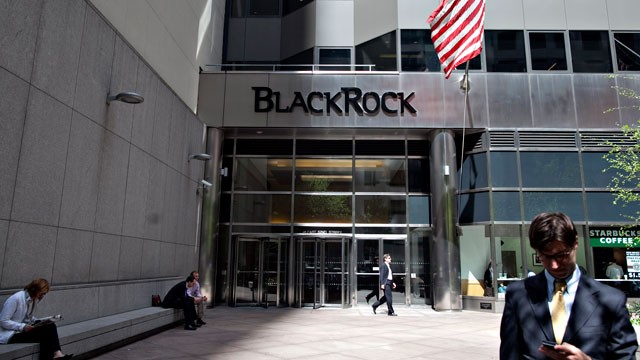BlackRock has changed the index tracking approach on three ETFs from a non-replicating to a replicating strategy, ETF Stream can reveal.
The three ETFs affected are the iShares MSCI AC Far East ex-Japan UCITS ETF (IFFF), the iShares Dow Jones Global Sustainability Screened UCITS ETF (IGSG) and the iShares MSCI EM Asia UCITS ETF (CEMA) which have combined assets under management (AUM) of $3.4bn.
The move to a replication strategy is so the three ETFs can take advantage of the 20/35 concentration rule for UCITS vehicles.
This rule states an ETF’s top holding must remain below 35% of the portfolio while no other security can exceed 20%.
The three ETFs currently adhere to the 5/10/40 rule for UCITS which means not one security can exceed a 10% weight.
The 5/10/40 rule means any UCITS product cannot have a 5% weighting to any one security although this can be increased to 10% as the total value of all holdings exceeding 5% does not go beyond 40%.
In a memo seen by ETF Stream, BlackRock said the reason for this change in these three ETFs specifically is because they all have individual holdings close to the 10% limit.
The firm said in the memo: “Moving to a replication strategy will allow the sub-fund to hold individual constituents above the 10% weight.
“The impact to investors of this change is expected to be non-material since, in practice, all three [ETFs] are currently managed in a way consistent with a replication strategy.”
BlackRock tops ETF inflows in Q3 as Vanguard’s struggles continue
The firm added any transaction costs related to this change in investment strategy will be carried by the ETFs.
The world’s largest asset manager made a similar change to two ETFs earlier this year, the iShares MSCI Korea UCITS ETF (IKOR) and the iShares MSCI Taiwan UCITS ETF (ITWN), which were both tracking indices with their top holding above 35%, exceeding the UCITS 20/35 diversification rule.
As a result, BlackRock was manually required to ensure the ETFs did not exceed this threshold and therefore ended up switching to the MSCI Korea and Taiwan 20/35 indices.



